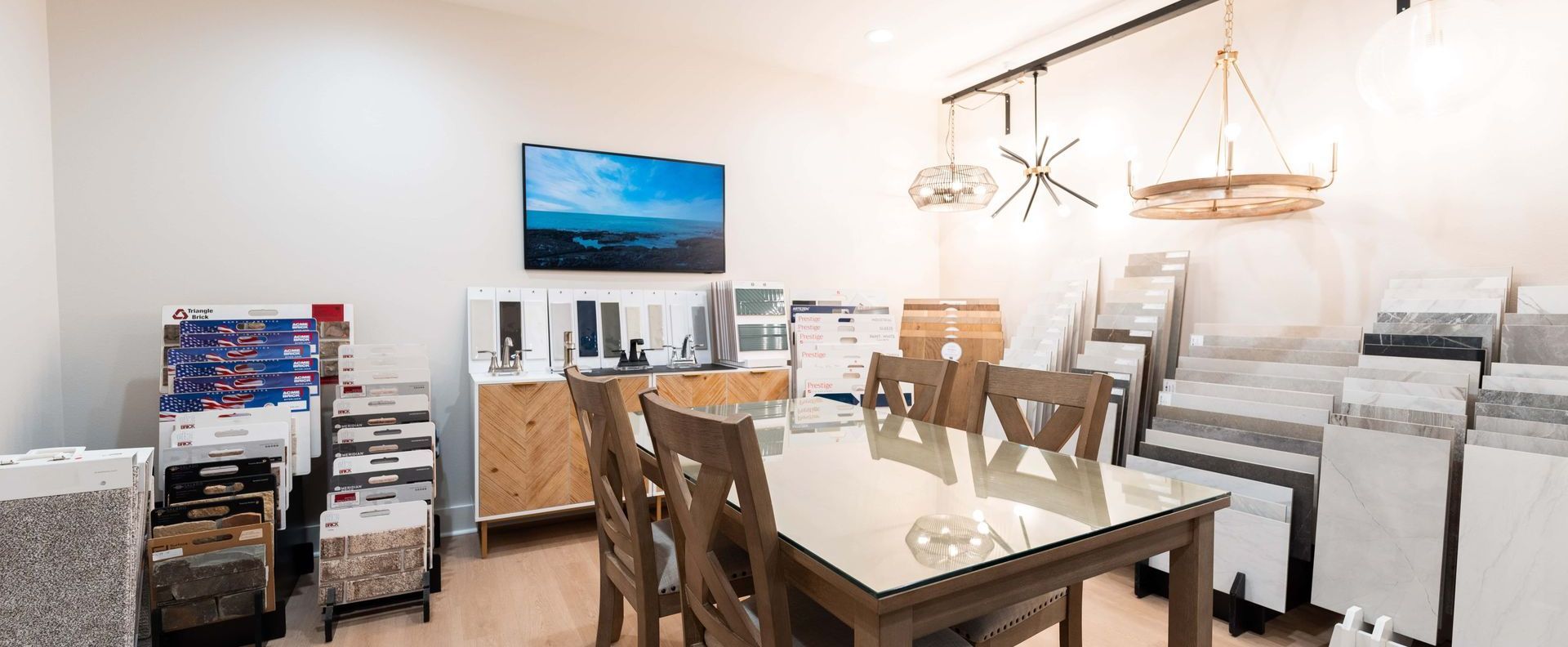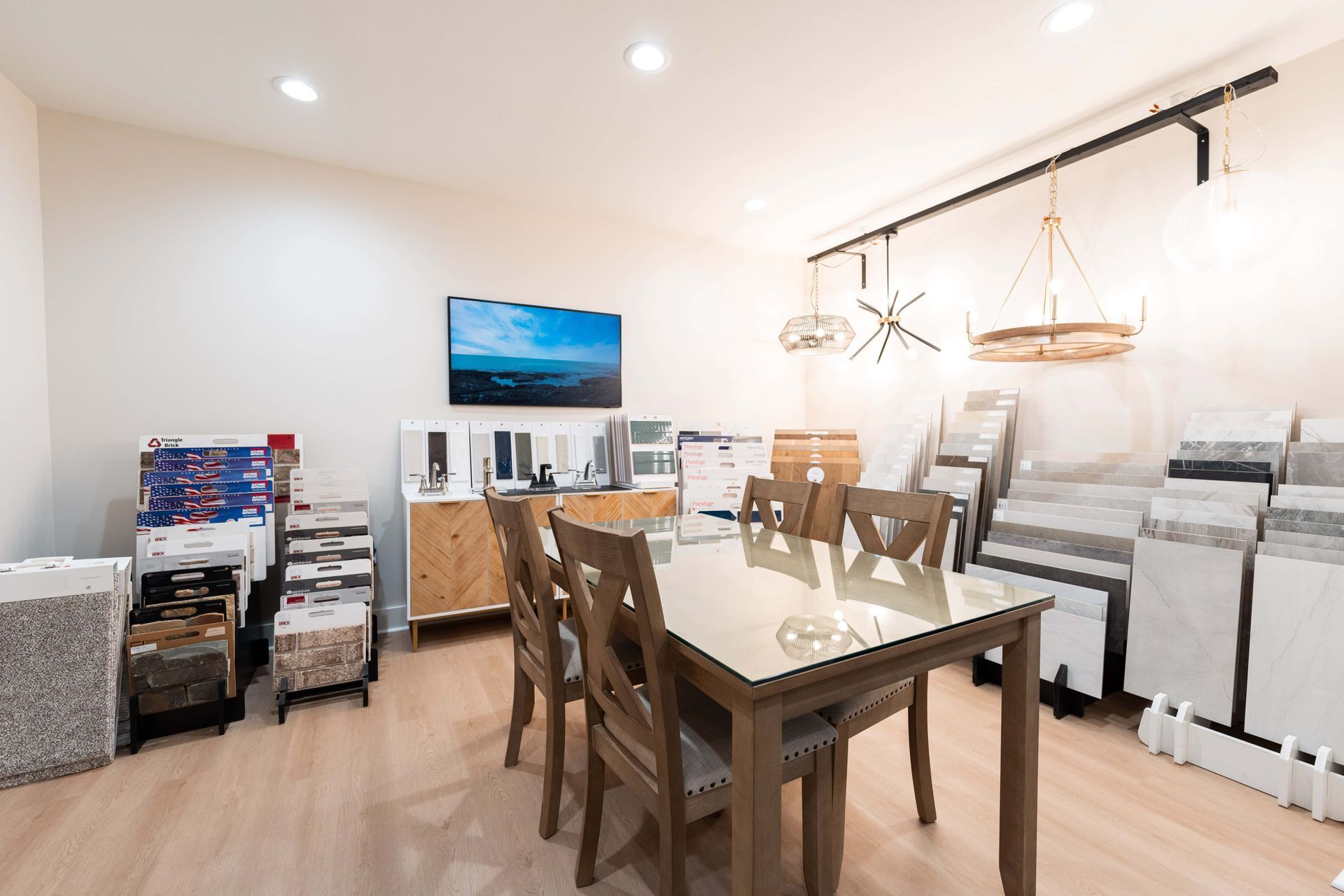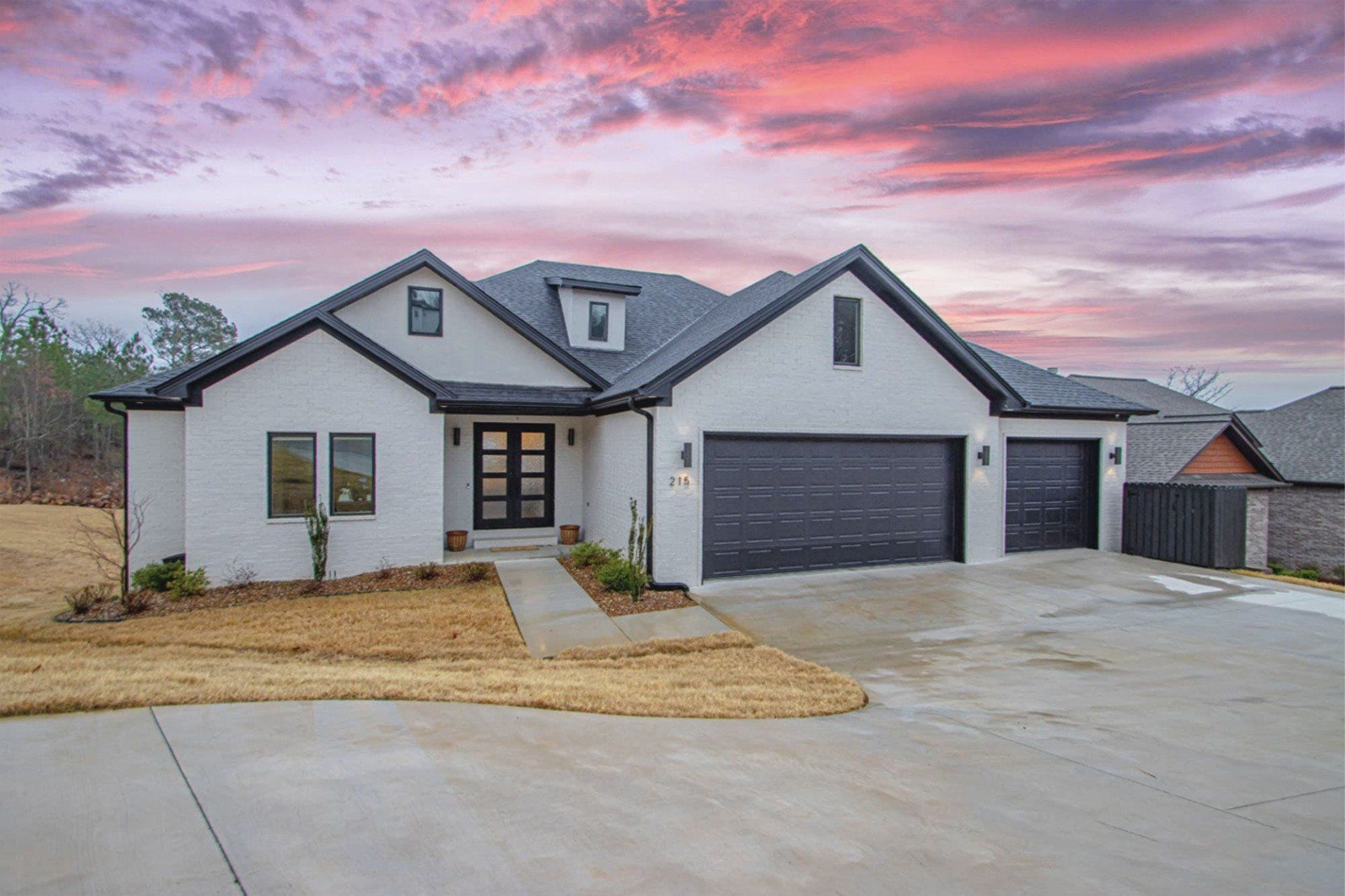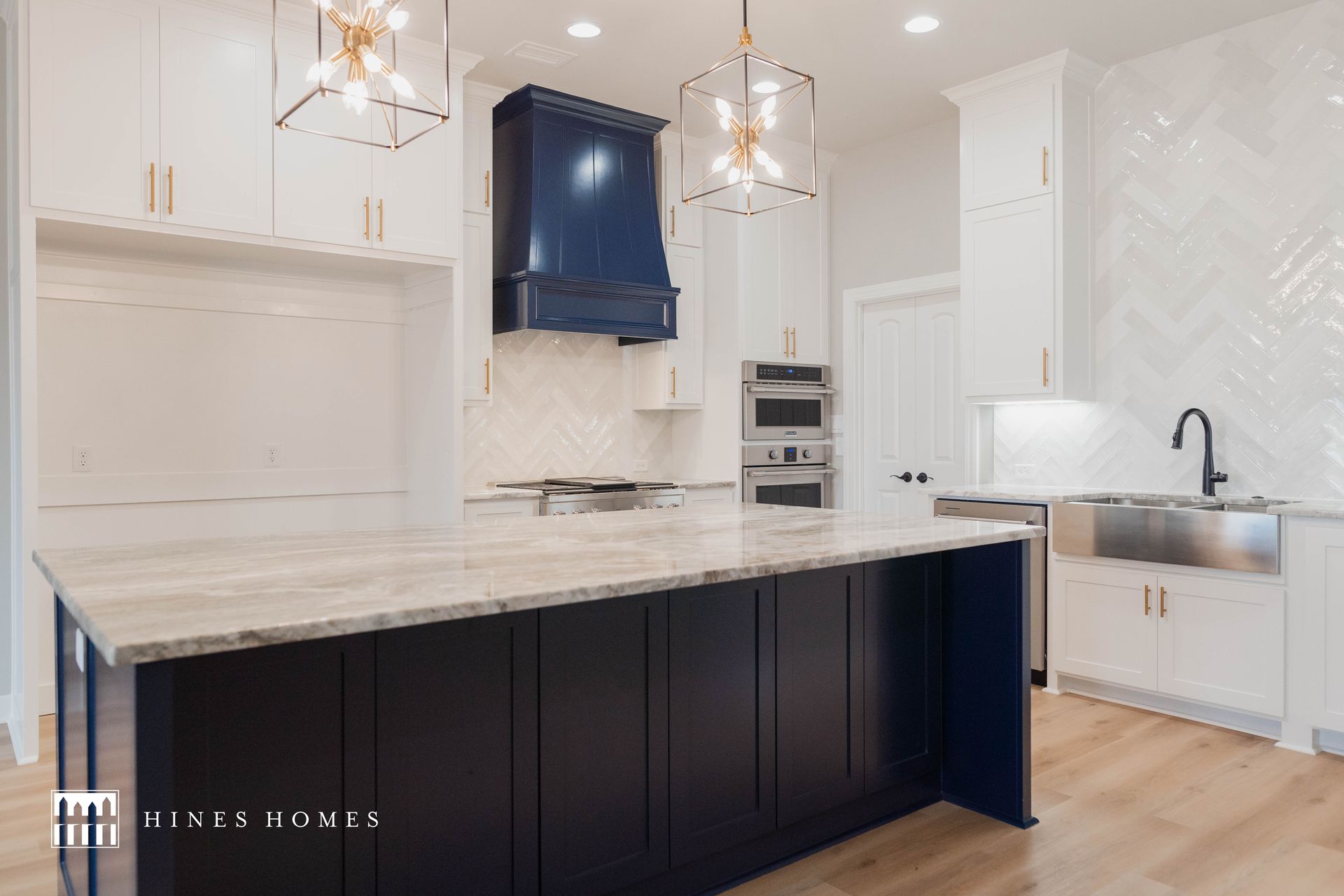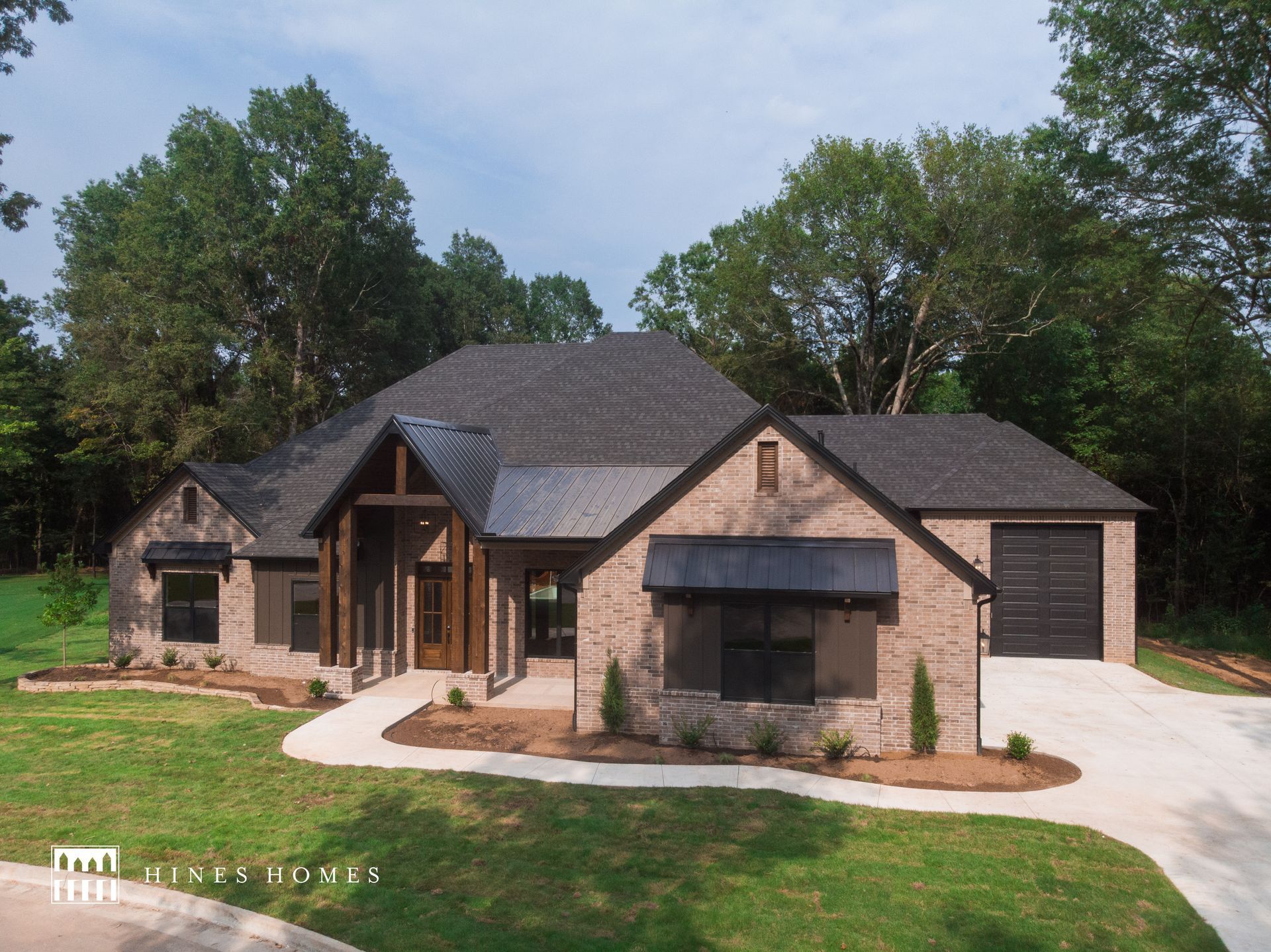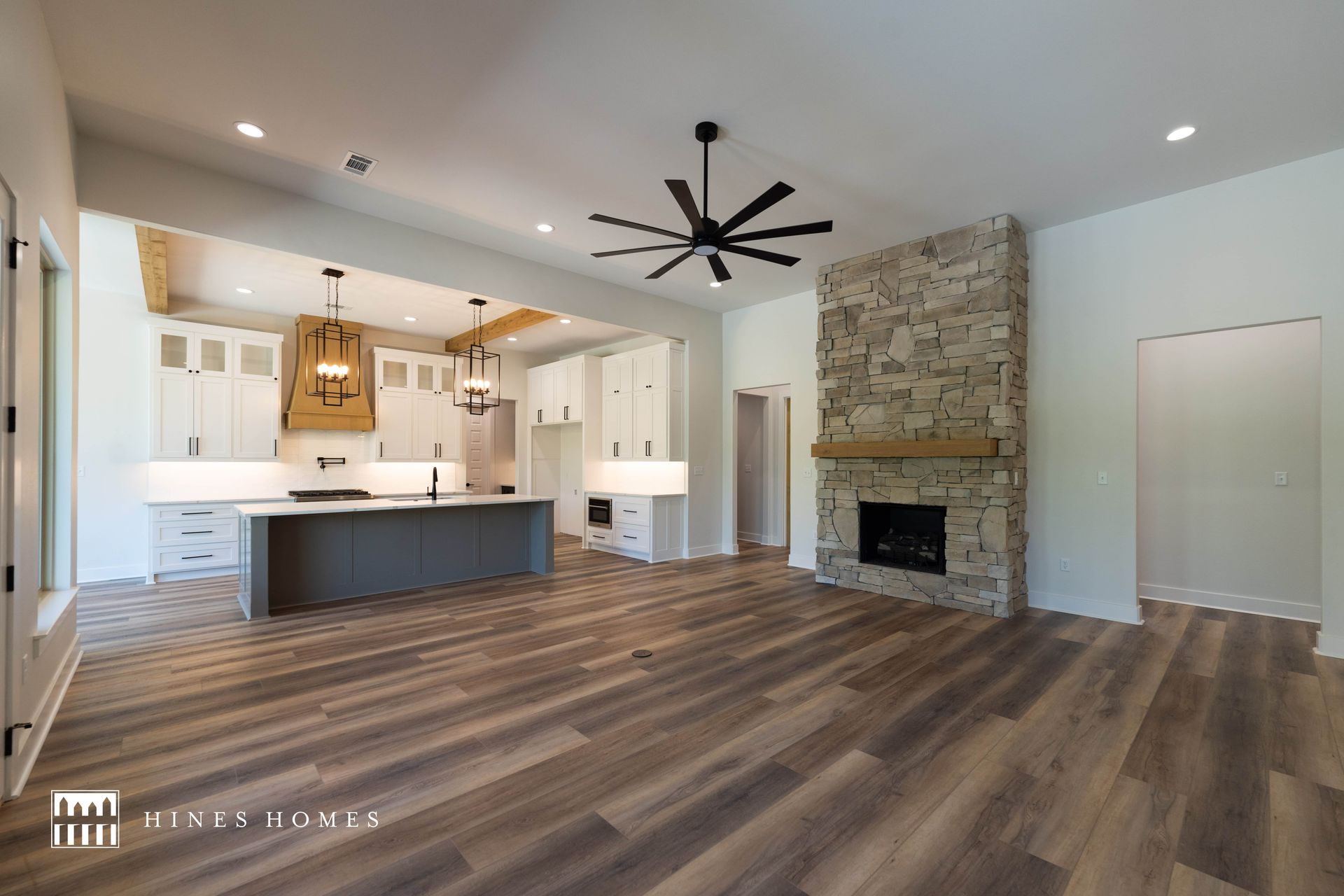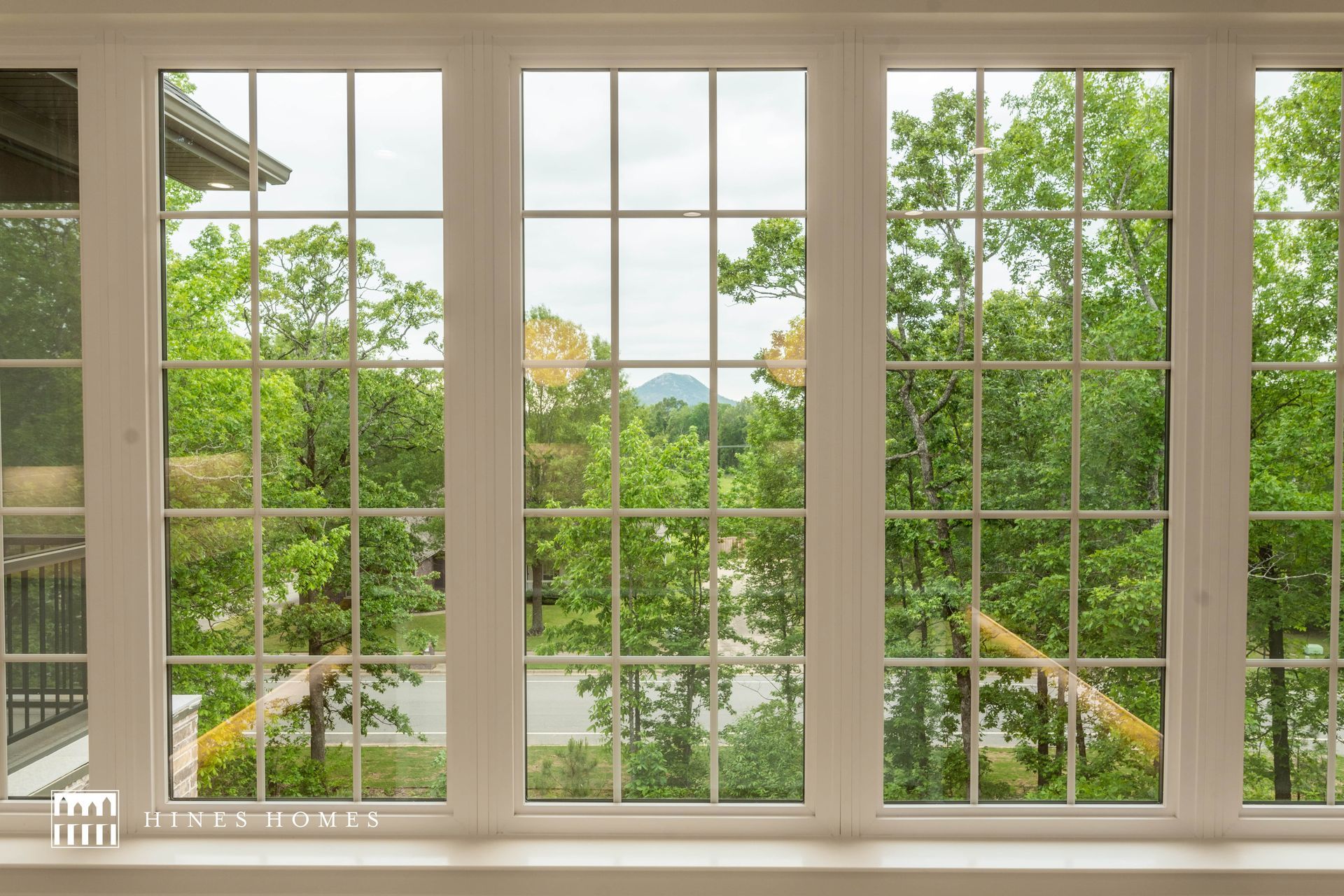Incorporating Energy-Efficient Appliances: A Guide for New Homeowners
Incorporating Energy-Efficient Appliances: A Guide for New Homeowners
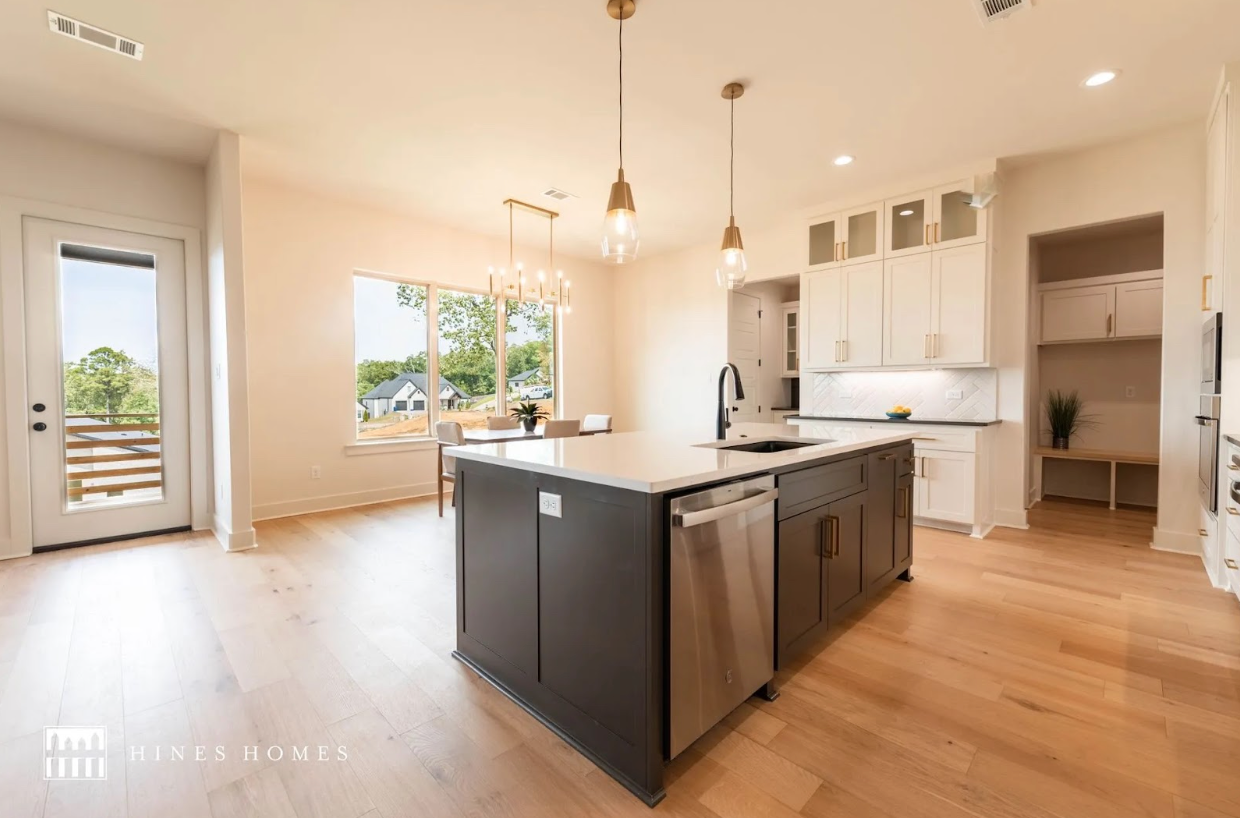
When you build a new home, every decision you make can affect your living environment for years to come. One of the most impactful choices is incorporating energy-efficient appliances. Not only do they reduce your carbon footprint, but they also lower your utility bills.
Here's a comprehensive guide to help new homeowners make the best choices.
Benefits of Energy-Efficient Appliances
Energy-efficient appliances are designed to use less energy while providing the same, if not better, performance as their standard counterparts. This means you'll save money on energy bills, reduce greenhouse gas emissions, and enjoy longer-lasting appliances.
Key Appliances to Consider
Refrigerators and Freezers:
Look for models with the ENERGY STAR label. These appliances use advanced technologies, such as high-efficiency compressors and improved insulation, to keep your food fresh with less energy.
Dishwashers:
Modern energy-efficient dishwashers consume less water and energy. Features like soil sensors adjust the wash cycle based on how dirty the dishes are, ensuring optimal performance with minimal waste.
Washing Machines and Dryers:
Front-loading washing machines are generally more energy-efficient than top loaders. They use less water and spin faster, reducing drying time. Energy-efficient dryers often have moisture sensors to stop the cycle once clothes are dry, saving energy and preventing wear and tear on your clothes.
Ovens and Stovetops:
Consider induction cooktops, which heat pots and pans directly while staying cool to the touch. This method is faster and more energy-efficient than traditional gas or electric stoves. For ovens, look for models with convection settings, which circulate air for faster and more even cooking, reducing energy use.
Smart Home Integration
Many energy-efficient appliances now come with smart technology, allowing you to control and monitor them remotely via your smartphone. This feature can help you manage energy use more effectively and even alert you to maintenance needs.
Installation and Maintenance Tips
Proper installation is crucial for maximizing the efficiency of your appliances. For instance, placing your refrigerator away from heat sources like ovens and direct sunlight will help it operate more efficiently. Regular maintenance, such as cleaning filters and coils, is also essential to keep your appliances running at peak performance.
Government Incentives and Rebates
Be sure to check for any available government incentives or rebates for energy-efficient appliances. These can significantly offset the initial cost and make upgrading even more affordable.
Incorporating energy-efficient appliances into your new home is a smart investment that pays off in both savings and environmental impact. For more personalized advice and to learn how Hines Homes can help you create an energy-efficient living space, contact us today.
Share
